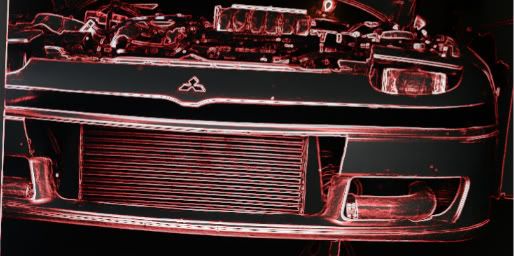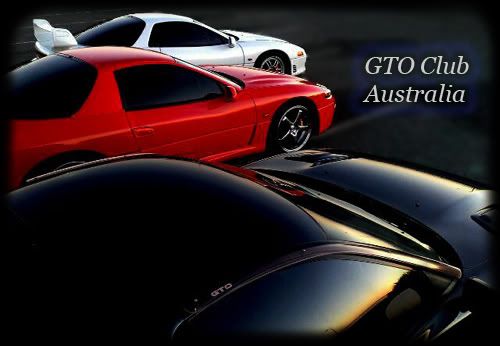Boost: 10 psi
Ambient temperature: 70 F
70% compressor efficiency
Cooler #1 1.0 psi pressure drop
Cooler #2 2.0 psi pressure drop
I won’t go through the actual math in detail, but under the above conditions the compressor discharge temperatures will be as follows:
Using Cooler #1: 197.0 F
Using Cooler #2: 208.2 F
To get an intake manifold temperature of 100 degrees, cooler #2 has to be 78% efficient. While cooler #1 only has to be 76 % efficient.
If the increased pressure drop causes the compressor efficiency to drop to 65%, the compressor discharge temperature with cooler #2 rises to 218.6 F and the cooler has to be 80% efficient to compensate.
In addition cooler #2 will have more boost lag and more exhaust gas reversion.




 Reply With Quote
Reply With Quote











Bookmarks